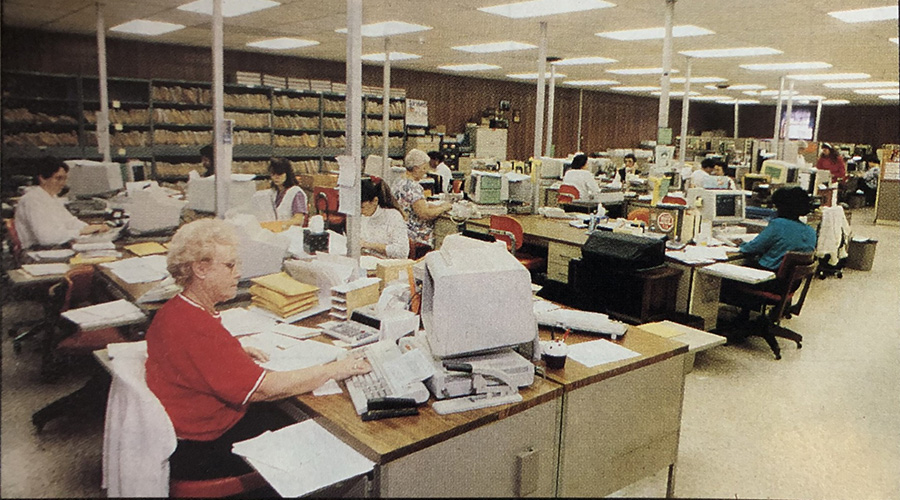Publication Provides Energy-Efficiency Guidance for K-12 Schools
A new publication written specifically for K-12 school buildings aims to aid design teams in constructing energy-smart schools using off-the-shelf technology that can cut energy use 30 percent or more annually
Sixteen percent of U.S. schools districts’ controllable costs go toward energy. A new publication written specifically for K-12 school buildings aims to aid design teams in constructing energy-smart schools using off-the-shelf technology that can cut energy use 30 percent or more annually.
Advanced Energy Design Guide for K-12 School Buildings, published by the American Society of Heating, Refrigerating and Air-Conditioning Engineers (ASHRAE) instructs architects, engineers, and others on building-design teams on ways to use best-design practices to create energy-saving buildings.
The publication features recommendations for various climate zones and implementation tips using a series of real-life school construction case studies. Included are suggested steps for achieving energy credits under the Leadership in Environmental and Energy Design (LEED) rating system, as well as supplemental strategies to achieve advanced energy savings beyond 30 percent.
Among the guide’s design tips are these:
• Provide daylighting to classrooms and gyms so lights can remain off most of the day, but design it carefully to prevent additional cooling needs.
• Design lighting systems that use the most current energy-efficient lamps, ballasts and integrated controls.
• Control the heating, ventilating and air-conditioning (HVAC) system based on actual occupancy of each space at a given time. This step requires the school to be zoned so that a zone’s HVAC system can be shut down when that specific part of the school is unoccupied.
• Design a well-insulated envelope, including good wall and roof insulation and low-e windows.
• Use high-efficiency heating and cooling equipment.
ASHRAE wrote the publication in partnership with the American Institute of Architects, the Illuminating Engineering Society of North America, the U.S. Green Building Council, and the U.S. Department of Energy. ASHRAE and its partners are sending more than 14,000 complimentary copies of the publication to school-district officials nationwide to assist with the design of energy-efficient schools that create safe and comfortable environments conducive to learning.
The free book is available at www.ashrae.org/freeaedg. Hard copies are available for purchase.
Related Topics:











